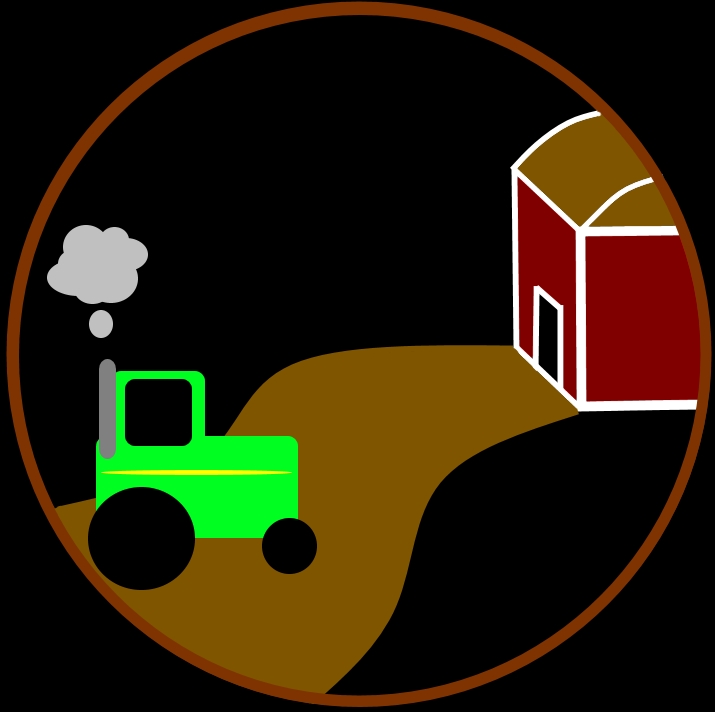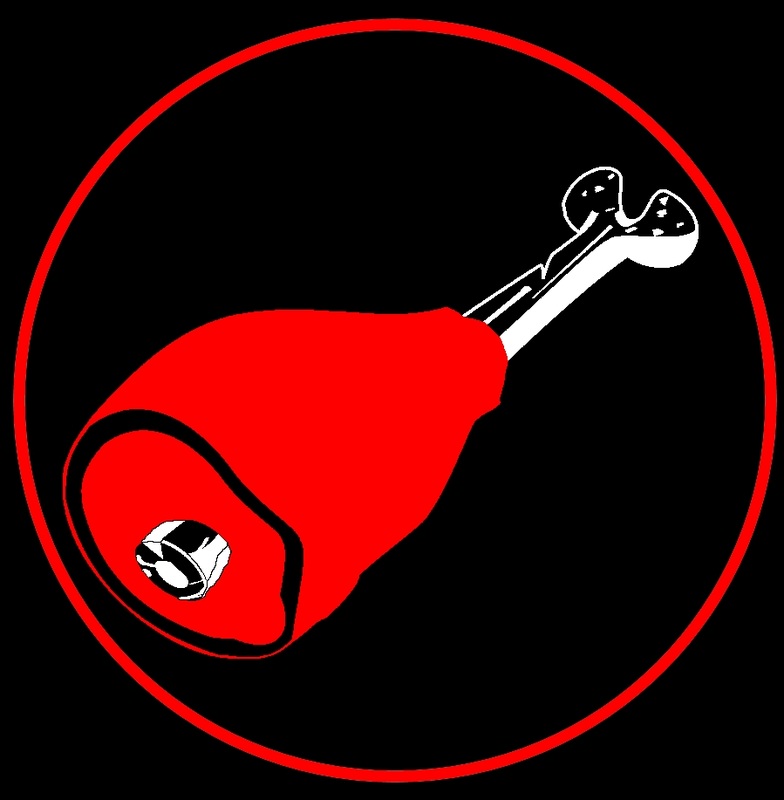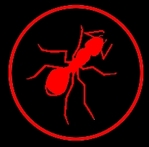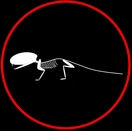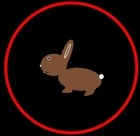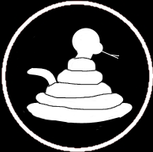Black Racer
Coluber constrictor
Where is it found?
Wood edges, old fields, hedgerows and near lakes and swamps.
Diet and foraging method
Key adaptations
Black racers move fast for a snake, at around 4 miles per hour, but if confronted they are known to coil and bite their attacker.
Social organisation and mating system
N/A
Did you know that...?
Young black racers have a pattern of greys, browns, and reds which keeps them camouflaged, but they lose this colouration in adulthood when they develop different anti-predator adaptations.
Taxonomy
Picture credits:
Maps from: http://species.mol.org/species/
"Coluber constrictorPCCA20040327-1229B" by Patrick Coin (Patrick Coin) - Photograph taken by Patrick Coin. Licensed under CC BY-SA 2.5 via Wikimedia Commons - https://commons.wikimedia.org/wiki/File:Coluber_constrictorPCCA20040327-1229B.jpg#/media/File:Coluber_constrictorPCCA20040327-1229B.jpg
"Coluber constrictorPCCP20030613-1137B" by Patrick Coin (Patrick Coin) - Photograph taken by Patrick Coin. Licensed under CC BY-SA 2.5 via Wikimedia Commons - https://commons.wikimedia.org/wiki/File:Coluber_constrictorPCCP20030613-1137B.jpg#/media/File:Coluber_constrictorPCCP20030613-1137B.jpg
"Coluber constrictorPCCA20040327-1229B" by Patrick Coin (Patrick Coin) - Photograph taken by Patrick Coin. Licensed under CC BY-SA 2.5 via Wikimedia Commons - https://commons.wikimedia.org/wiki/File:Coluber_constrictorPCCA20040327-1229B.jpg#/media/File:Coluber_constrictorPCCA20040327-1229B.jpg
"Coluber constrictorPCCP20030613-1137B" by Patrick Coin (Patrick Coin) - Photograph taken by Patrick Coin. Licensed under CC BY-SA 2.5 via Wikimedia Commons - https://commons.wikimedia.org/wiki/File:Coluber_constrictorPCCP20030613-1137B.jpg#/media/File:Coluber_constrictorPCCP20030613-1137B.jpg


